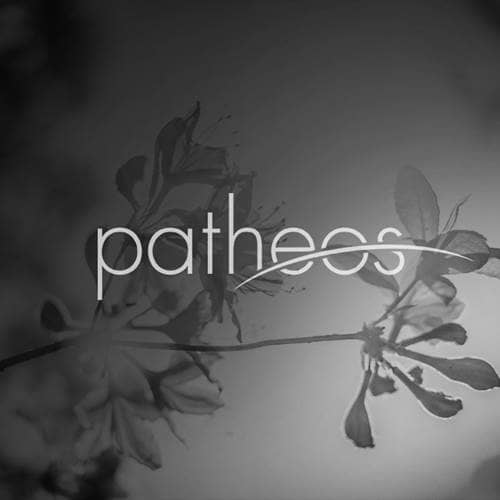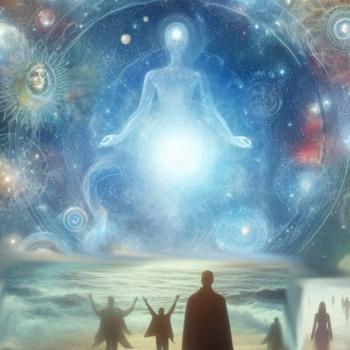
Everyone has a mental image of hell, but few can accurately quote what the Bible says about it. When it comes to describing what awaits people after they die, the Hebrew scriptures (also known as the Old Testament) usually uses the Hebrew word “Sheol.” This is sometimes translated as “hell” in modern Bibles, but it is just as commonly translated as “the grave,” “the pit,” or even left in the original Hebrew.
Descriptions of Sheol in the Old Testament do not have much in common with popular concepts of hell. Sheol seems to be less of a place of torment and more of a general underworld. In some Old Testament stories, Sheol appears to be where both the wicked and the righteous go after they die (e.g., Job 3.11-19). Another word related to hell in the Old Testament is “Gehenna.” This word was first used in reference to a valley near Jerusalem (the Valley of Hinnom) where pagan nations, and later, corrupt Israelites, offered human sacrifices (Jeremiah 7.30-31). As such, it kept its associations with burning and great suffering and became a symbol of the punishment the evil would face (Isaiah 66.24).
In the New Testament, hell is definitely a place of punishment. Jesus uses the image of Gehenna to warn people that they could be “in danger of the fire of hell” (Matthew 5.22). He speaks frequently in his teaching about the need for spiritual awakening and repentance lest the soul face darkness, weeping, and gnashing of teeth (Matthew 22.13) or “the eternal fire prepared for the devil and his angels” (Matthew 25.41). In the Gospel of Luke, he tells a story about two men, one poor and one rich, one taken to “Abraham’s side” and the other sent to hell, Hades, where he was in agony (Luke 16.19-31).
Other New Testament writers also describe the judgment and punishment awaiting those who reject God. The author of Hebrews describes the “raging fire that will consume the enemies of God” (Hebrews 10.27). In 2 Peter, the author describes the hell of disobedient angels as “gloomy dungeons” and warns those who deny God that they face destruction (2 Peter 2.1-4). Jude describes the punishment as “eternal fire” (Jude 1.7) and “blackest darkness” (Jude 1.13).
The book of Revelation has many vivid descriptions of future punishment. Those who align themselves with evil will “be tormented with burning sulfur” (Revelation 14.10). Those who reject the life of God face “a lake of fire” (Revelation 20.15) and eternal separation from God and the bliss of heaven (Revelation 21.6-8).
The repeated references to fire in the New Testament descriptions of hell match what most people envision when they think of Satan’s domain. It is a place that is filled with fire, demons, and the screams of the damned. This is the vision that artists such as Hieronymus Bosch (c. 1450-1516) and William Blake (1757-1827) depicted in their work. It also closely related to what Dante Alighieri (c. 1265-1321) became famous for describing in his great work, Divine Comedy.
Christians over the centuries have interpreted these scriptures in different ways, some quite literally and others metaphorically. Many contemporary Christians find the tone of judgment and the threats of punishment incompatible with the idea of a loving God. Nevertheless, it is impossible to read the Bible without recognizing the many warnings and the clear teachings about the consequences of human choices. Some of those choices will have eternal consequences.
Read more about Roman Catholic teaching on hell and purgatory here.
3/21/2024 5:34:23 PM










